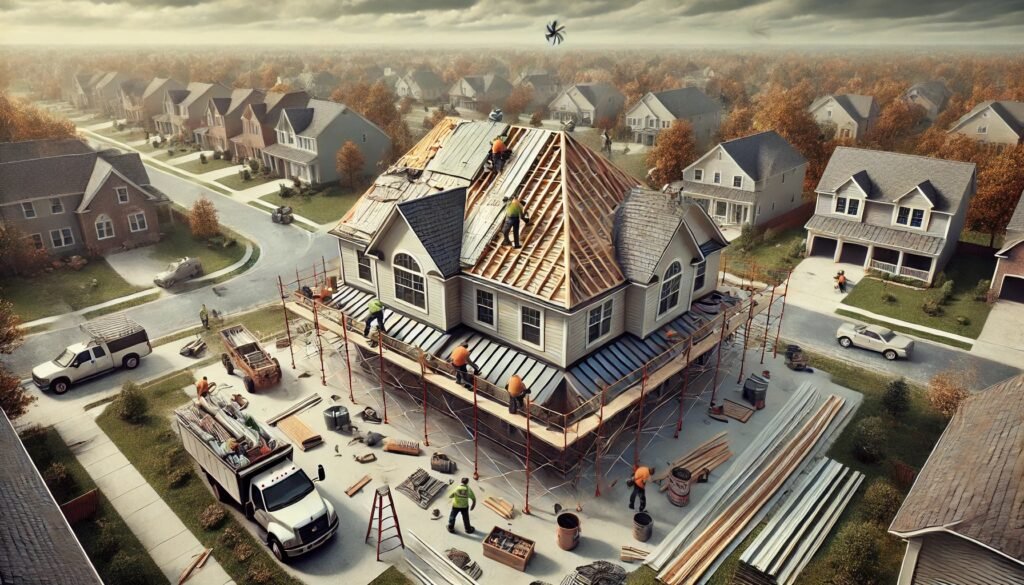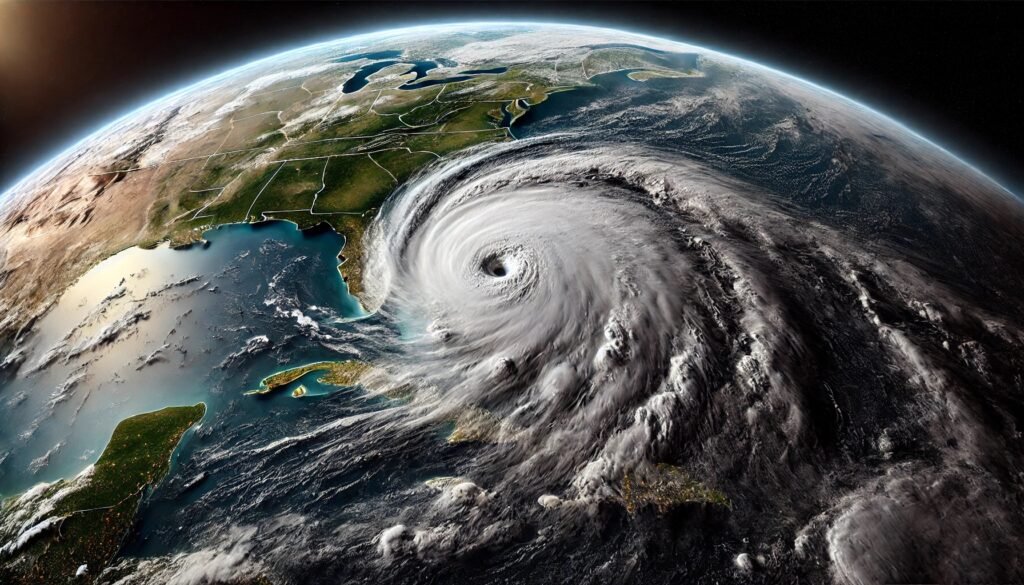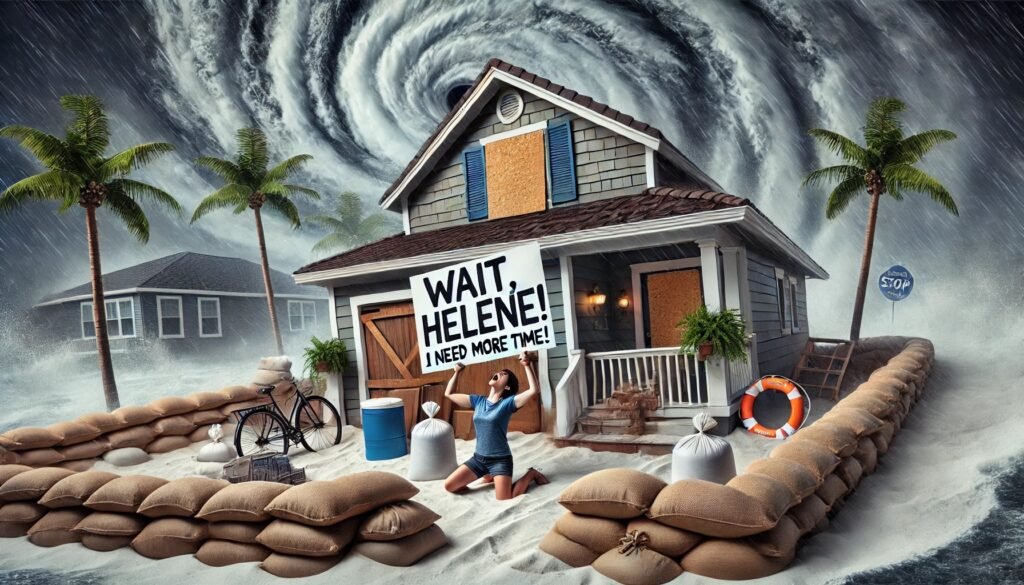Should we consider long-lasting roofs?
With hurricanes becoming more frequent and intense on the East Coast, safeguarding your roof should be a top priority. By reinforcing it against high winds, heavy rain, and flying debris, you can protect your home from costly damage. Below are actionable steps homeowners can take, along with links to reliable resources.
1. Use Hurricane Straps or Clips
Hurricane straps or clips are metal connectors that secure the roof to the walls of your home, reducing the risk of roof blow-off during a storm. Ensure installation meets local building codes for hurricane-prone regions.
- Learn more about roof strengthening from the Federal Emergency Management Agency (FEMA): FEMA Roof Retrofitting Guide
2. Upgrade to Wind-Resistant Shingles
Invest in shingles rated to withstand high winds, such as those made of asphalt or metal. Proper installation is key for these materials to perform as intended.
- National Institute of Standards and Technology (NIST) guidance on wind-resistant roofs: NIST Roofing and High-Wind Guidance
3. Inspect and Reinforce Roof Decking
Your roof decking must be strong enough to support your roof during high winds. Reinforce it with thicker plywood or secondary water barriers to prevent roof failure.
- National Oceanic and Atmospheric Administration (NOAA) tips on storm preparedness: NOAA Hurricane Safety Tips
4. Seal Gaps and Cracks
Roof cracks and gaps can allow water to enter during a hurricane, causing interior damage. Sealing these entry points with roofing sealant can prevent this issue.
- Home improvement advice from the U.S. Department of Energy on sealing leaks: DOE Weatherization and Home Efficiency
5. Install a Secondary Water Barrier
Secondary water barriers provide additional protection by stopping leaks if the primary roofing material is damaged. This is a critical measure in hurricane-prone regions.
- FEMA’s guide on roofing improvements for high wind resistance: FEMA Roofing and Wind Resistance
6. Trim Overhanging Branches
Tree branches can become dangerous projectiles in a storm. Before hurricane season, trim any overhanging branches to reduce the risk of them falling onto your roof.
- Tree and debris management tips from the National Weather Service (NWS): NWS Storm Preparedness
7. Clean and Secure Gutters
Clear gutters of debris to prevent water buildup during heavy rains, which can cause leaks and water damage. Secure them properly to ensure effective drainage.
- American Red Cross advice on home flood prevention: American Red Cross Flood Safety
8. Consider Impact-Resistant Roofing Materials
Investing in impact-resistant roofing materials can provide an extra layer of protection during a hurricane. These materials, such as Class 4 impact-resistant shingles or metal roofing, are designed to withstand the force of flying debris and hail. Although the initial cost may be higher, they offer long-term savings by reducing repair costs and potential damage to your home.
- Learn more about impact-resistant materials from the Insurance Institute for Business & Home Safety (IBHS): IBHS Impact-Resistant Roofing Guide
9. Check Roof Vents and Flashing
Roof vents and flashing are critical weak points in your roofing system. These areas are vulnerable to water penetration if not properly secured. Before hurricane season, inspect your roof vents and flashing around chimneys, skylights, and other openings to ensure they are sealed tightly. Replace any damaged parts and use high-quality roofing sealants to protect these areas from leaks.
- Read more about roof inspection and maintenance tips from the American Society of Home Inspectors (ASHI): ASHI Roof Maintenance Guide
10. Schedule Regular Roof Inspections
Routine roof inspections, particularly before hurricane season, are essential for identifying and addressing minor issues before they become major problems. A professional roofer can help spot signs of wear and tear, such as loose shingles, damaged decking, or weak spots in the roof structure. Early detection can prevent costly repairs down the road and ensure your roof is in optimal condition to weather the storm.
- Find certified roofing contractors through the National Roofing Contractors Association (NRCA): NRCA Find a Contractor
Conclusion
By taking these essential steps to hurricane-proof your roof, you can significantly reduce the risk of damage during storm season and protect your home’s value. Investing in strong materials, conducting regular maintenance, and making necessary upgrades can save you money and stress in the long run. For real-time updates and further tips on hurricane preparedness, be sure to visit these trusted sources:
Stay safe, and take action now to keep your home secure during this year’s hurricane season.



